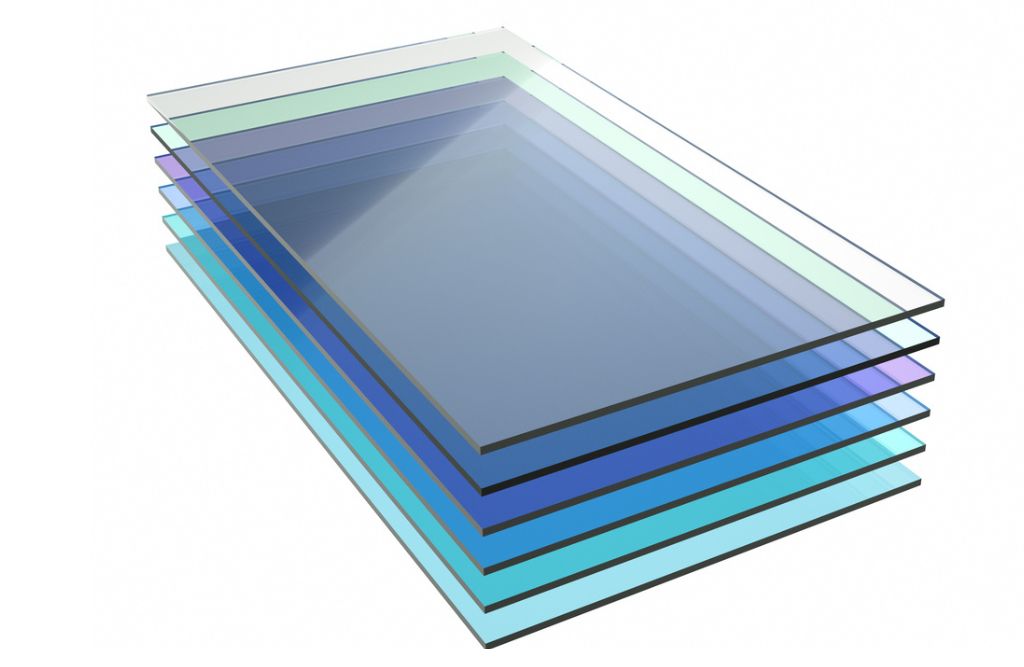Exploring the Woven Threads: The Environmental Impact of Plastic Fabrication

Have you ever cursed at the seemingly indestructible packaging encasing your latest online purchase? Have you frowned at the rows of single-use plastics adorning supermarket shelves? Or maybe you’ve contemplated about the volume of plastic we encounter in our daily lives. It surrounds us in a myriad of forms, colors, and uses. In this blog post, we explore the environmental impact of plastic fabrication, its omnipresence in our society and world, and the ways we can collectively curb its negative effects.
Plastic is a fascinating material. It’s tough, adaptable, and inexpensive to produce. From bubble wrap to PVC pipes, plastic dominates the fabric of our modern life. Yet, the environmental cost of this ubiquity is immense, raising pressing questions about sustainability and ecological preservation.
By delving into the intricacies of plastic manufacture, the gravity of its ecological footprint, and innovative approaches towards change, this conversation seeks to unravel the complex narrative around plastic.
Ever wondered how that Tupperware box in your hands came to exist? Or how those credit cards in your pocket were made? Plastics are essentially polymers, large molecules composed of repeating subunits called monomers.
The plastic fabrication process often begins with the drilling of crude oil or natural gas, the primary feedstock for petroleum-based plastics. Then follows a series of complex chemical processes, including polymerization and molding, as these natural resources metamorphose into the vibrant plastic products we use and discard daily.
The otherwise dormant physicality of the polymers is awakened through different fabrication techniques – from injection molding to 3D printing, each furnishing a unique touch and utility to the plastic.
Each step in plastic fabrication leaves an imprint on our environment. From extraction and production to disposal – and, unfortunately, seldom recycling – plastic threatens ecosystems, biodiversity, and human health.
The initial extraction of natural resources contributes to habitat disruption, water contamination, and air pollution. The later production processes emit substantial greenhouse gases, aggravating climate change.
Post-consumption, plastics often end up in landfill sites, where they take hundreds of years to degrade, releasing toxic substances into the environment. Worsening the woes, the majority of plastic trash ends up in our oceans, harming marine life.
Fortunately, there is a silver lining. Many sustainable innovations are emerging in the plastic fabrication sector. For instance, bioplastics, derived from renewable resources like cornstarch and sugarcane, are rising as sustainable alternatives. With biodegradability at their core, these materials present us with a glimpse of a less polluted future.
Recycling is inching to the spotlight, with companies investing in advanced technologies to effectively segregate and recycle different kinds of plastic. Innovations such as plastic roads offer novel ways to repurpose plastic waste, reimagining the material’s lifecycle.
The choices we make as consumers have a profound impact on the environment. By opting for reusable bags instead of single-use ones, by choosing products with minimal or recyclable packaging, by discarding plastic waste responsibly, we each can mitigate the damage caused by plastic fabrication.
Every small change in consumer behavior chips away at the plastic problem, encouraging manufacturers to explore eco-friendlier plastic fabrication methods.
Combating the environmental impact of plastic fabrication calls for a collective endeavor. Governments, corporations, and communities must come together to enforce stricter regulations, develop sustainable plastic alternatives, and raise awareness about responsible plastic consumption and disposal.
Through collaborative efforts, we can ensure the plastics of tomorrow are less destructively omnipresent than they are today.
The issue of plastic fabrication and its environmental impact is a layered, complex topic. While plastic has become a cornerstone of our modern life, its fabrication processes and subsequent disposal have detrimental environmental impacts.
Transitional solutions like bioplastics and innovative recycling methods do offer a glimmer of hope, yet the real power lies within us as consumers, dictating the demand for sustainable alternatives. By consciously fostering environmentally responsible habits, we can unravel the knot around plastic, thread by thread, as we all tread towards a cleaner and healthier planet.
With every small step, every conscious choice, we sculpt our collective narrative, shaping a world where plastic serves as a tool for convenience, not a menace for our environment.
